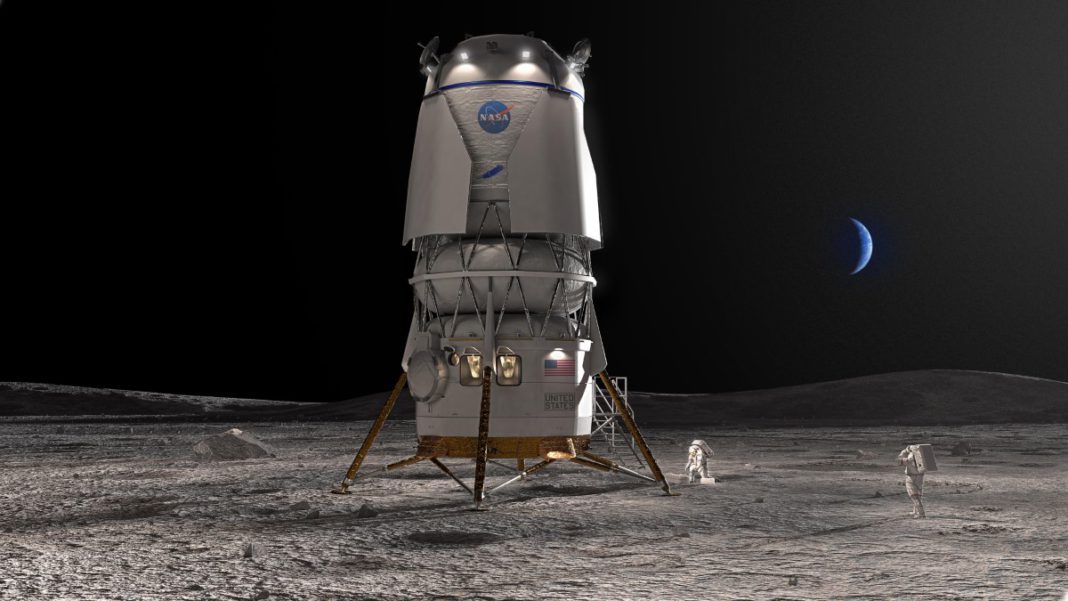UNITED STATES: As scientists grapple with the challenges of enhancing the sensitivity of the next generation of gravitational wave detectors, a groundbreaking solution emerges: placing these detectors on the moon. The Earth’s natural satellite offers an ideal environment to overcome technical hurdles and usher in a new era of gravitational wave observation.
Gravitational waves, the cosmic ripples in spacetime generated by cataclysmic collisions between massive celestial bodies like black holes and neutron stars, were first detected in 2015.
Instruments like the U.S. Laser Interferometer Gravitational-Wave Observatory (LIGO) and Europe’s VIRGO detector have so far captured these signals from collisions within a range of 7 billion light-years.
However, scientists are relentlessly pursuing more sensitive detectors capable of capturing distant cosmic events and smaller collisions involving black holes and neutron stars. One critical challenge remains: eliminating the persistent background noise caused by the Earth itself. Enter the moon as a potential solution.
Professor Jan Harms, an expert in gravitational wave detection at Italy’s Gran Sasso Science Institute, suggested at the Astronomy from the Moon conference in London that the moon’s unique qualities make it an optimal location for these advanced detectors.
“Gravitational-wave detectors are sensitive to tiny forces that no other experiment can see, which makes them very susceptible to their environment (even in space and on the moon),” Harms explained.
The moon’s serene conditions, devoid of the vibrations and hum generated by Earth’s atmosphere and life, create an ideal backdrop for such detectors. Furthermore, the frigid temperatures within the moon’s shadowed polar craters provide natural cooling, which is critical for maximizing sensitivity.
Harms and his team are actively developing the concept of a lunar gravitational-wave detector, known as the Lunar Gravitational Wave Antenna. The moon’s entirety would act as a colossal receptor for gravitational waves, with a sensitive sensor positioned within a cold, shaded crater to measure the moon’s subtle vibrations caused by passing waves.
“Exploiting these physical conditions on the moon will make it possible to open an important frequency band from 0.1Hz to 1Hz to gravitational-wave observations, which cannot be observed on Earth,” Harms stated.
This band holds immense scientific potential, offering insights into mergers of smaller black holes, supernovas, and the formation of supermassive black holes.
The prospect of deploying a lunar gravitational-wave detector within the next decade promises groundbreaking discoveries and a unique perspective on the cosmos. With the moon’s serene craters becoming a hub of scientific exploration, the future of astronomy is poised for a revolution.
Also Read: Bhandara Police Organises ‘Youth 20 Conclave’ Highlighting Role of Youth in Democracy and Governance



